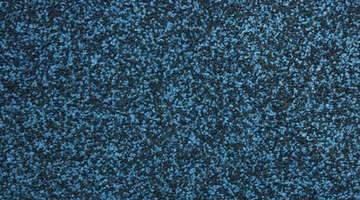How to Build a DIY Rubber Playground Surface
Improperly designed playgrounds cause many accidents and injuries each year. The most important factor in reducing injuries is choosing the right surface. A safe surface is soft and capable of absorbing the impact of a fall. Rubber playground surfaces provide this type of protection and are fairly easy to install.

Things You Will Need
- Rubber mulch
- Landscaping material
- Edging or border
- Landscape tape, staples, or liquid nails
- Scissors
-
Level the ground for the entire area of the intended playground. For every 10 feet away from the house, the grade should drop 1 inch. This will allow for proper drainage. Drainage is a critical design consideration for installation of a playground. Improper drainage could cause potential hazards under certain weather conditions.
-
Install the playground border or edging, and place the playground equipment in the desired configuration.
-
Cut the landscaping cloth or fabric to fit around the playground equipment and/or trees and shrubs. Cover the entire playground area, properly securing the landscaping cloth with tape, staples or liquid nails. This will prevent it from pulling away and will discourage weed growth.
-
Lay rubber mats in high traffic areas (at the bottom of slides or underneath swings) and distribute the rubber mulch evenly over the entire area of the playground. According to JJV Rubber Mulch and Safety Surfacing, Inc., the mulch should be at least 4 inches deep. Consideration should be given to the height of the equipment that has been installed. Taller equipment requires more mulch to properly cushion a fall.
The Drip Cap
- Improperly designed playgrounds cause many accidents and injuries each year.
- A safe surface is soft and capable of absorbing the impact of a fall.
- Lay rubber mats in high traffic areas (at the bottom of slides or underneath swings) and distribute the rubber mulch evenly over the entire area of the playground.
References
Writer Bio
With 20 years experience in the area of grant funded fiscal management, Ann Westin has extensive knowledge of Federal regulations and how to establish sound internal controls to ensure fiscal compliance and accountability. Ann Westin earned the designation of Certified Community Action Professional in 2004 and holds Bachelor of Science degrees in business administration and accounting.
Photo Credits
- playground surface image by Marty Haas from Fotolia.com
- playground surface image by Marty Haas from Fotolia.com
More Articles



